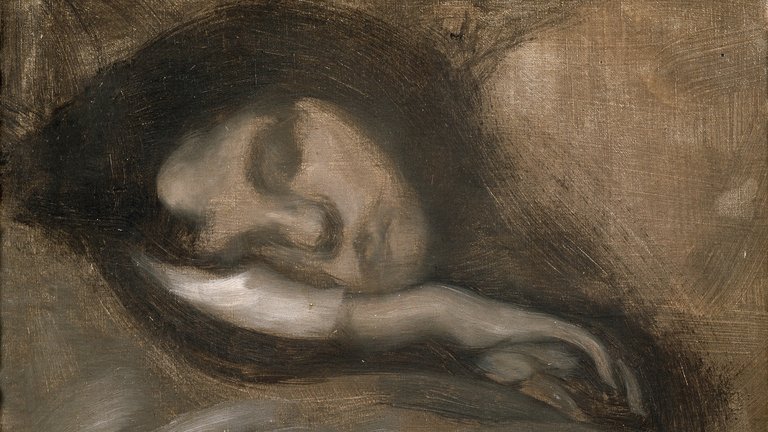Get your eight hours. A command so familiar it feels timeless: humans just need their eight hours of sleep. It’s natural. But our past sleep schedules challenge the idea that anything, even our biological needs, truly transcends historical boundaries.
For much of recorded history, humans have actually slept eight hours, but in two distinct phases of approximately four hours each. As scholar Roger Ekirch uncovered through his exhaustive historical study of literature, art, and diaries, people would once head to bed when it got dark, sleep for four hours, wake for a while, and slide into a “second sleep” for another four hours. People didn’t just toss and turn along in between their two sleep sessions: they would contemplate their dreams, read by candlelight, or have sex.
Writers from Livy to Plutarch to Virgil to Homer all referred to this structure, as well as medieval Christian and African tribal cultures. But the “biphasic sleep” pattern, which was governed by the natural timing of nightfall and sunrise, didn’t last in the modern era.
As artificially illuminating the night sky became more affordable, life—and soon sleep habits—changed. Fifty European cities introduced tax-supported street lighting by 1700 and made it safe and socially acceptable to move about publicly after dark, a time of day that had previously been considered the domain solely of prostitutes and other suspicious characters. The assumption that nothing good could go on at night was so widespread that until the arrival of artificial lighting, citizens often freely emptied their “piss-pots” out of windows after dark.
In the United States, Baltimore became the first city to be lit by gas in 1816; a century later, electricity in streets and in growing numbers of homes meant nightfall no longer ensured the inescapable darkness that had dictated beginning one’s first sleep soon after. Going out at night became a fashionable social pastime, pushing bedtime later and bringing the two separate sleep phases closer to the single stretch we know today.

It was industrialization that solidified the single sleep as a social norm. Especially in the cities that increasingly revolved around factory production, a newly formalized workday structured daily life and a fascination with productivity meant that spending hours lolling around in the middle of the night was considered slothful.
School schedules also became increasingly standardized, and as early as the 1820s, parenting books advised promptly weaning children from the two-sleep pattern. By the late 19th century in the United States, school attendance was compulsory, creating yet another cultural pressure to conform to this new sleeping schedule.
Clocks had existed since the ancient world, but when Levi Hutchins of New Hampshire in 1787 fashioned the first mechanical alarm clock specifically to rouse him for work, it marked a new understanding of the relationship between sleep and labor. Half a century later, Frenchman Antonie Redier patented the invention; in 1876, Seth E. Thomas mass-produced a wildly popular American version embraced by a society required to adjust its biological rhythms to the industrial clock. By World War II, the U.S. Office of Price Administration reluctantly lifted a production ban on “emergency” alarm clocks since workers with broken devices were sleeping through factory shifts crucial to the war effort.
Perhaps the most compelling evidence of the general acceptance of this new norm is the anxiety among and about those who failed to abide by it. In medieval Europe, for example, historian Eluned Summers-Bremner found that nocturnal wakefulness was encouraged as a form of vigilance against bedbugs, arsonists, or the Devil, who was believed to prey on the oblivious slumberer. But by the late 19th century, insomnia—defined as the inability to sleep restfully through a single sleep cycle—had been categorized as a disorder, signaling the end of the era of the unproblematic segmented sleep.
These days, advice literature continues to idealize the elusive, uninterrupted 8-hour slumber ironically eroded by our 24/7 connectedness. Yet if there is a “natural” sleep cycle to aspire to, science suggests it is closer to the biphasic model than to our dearly held 8-hour idyll. When locked in total darkness for 14 hours a day, people settled into a very particular sleep pattern: two 4-hour sessions.